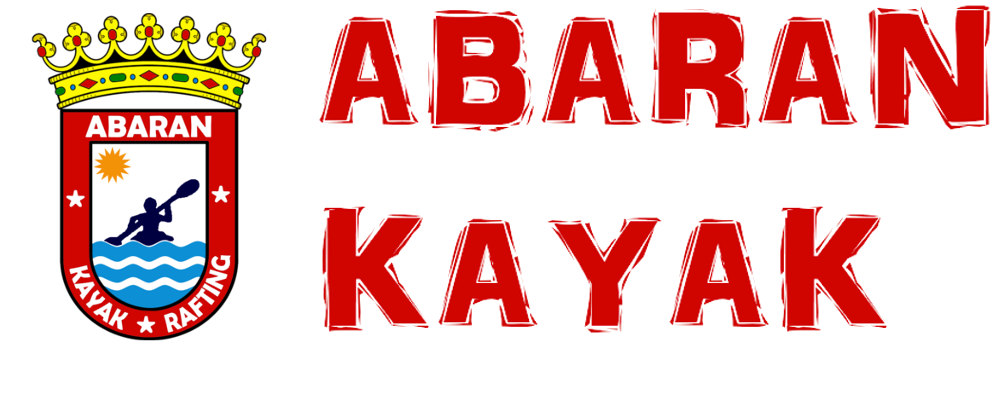In today’s progressively interconnected world, the capacity to work collaboratively is a crucial skill. As typical instructional standards develop to meet the demands of the 21st century, collaborative learning emerges as an essential idea. This short article looks into the details of collective discovering, discovering its advantages, techniques,
